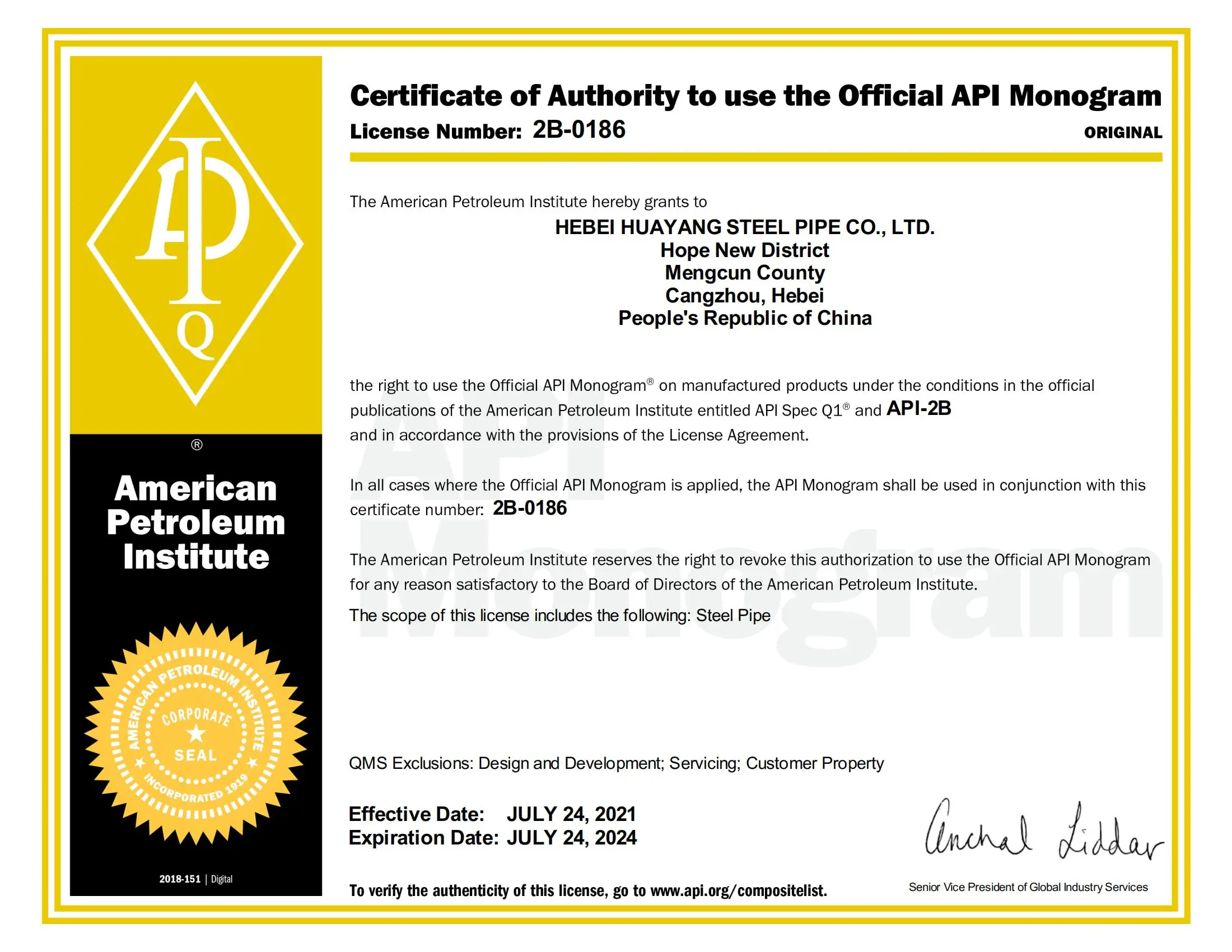
Sep . 06, 2024 04:31 Back to list
Comprehensive Guide to Redispersible Polymer Powder Types
Understanding Redispersible Polymer Powder Types
Redispersible polymer powders (RDPs) are versatile additives that play a crucial role in the construction, adhesive, and coating industries. Their ability to improve the performance characteristics of various materials has made them indispensable in numerous applications. This article explores different types of redispersible polymer powders, their properties, and their applications.
At the core of RDPs is the technology that allows these powders to be easily re-dispersed in water and integrated into various formulations. This ability stems from their production process, which typically involves spray-drying emulsions or suspensions of polymers. The resulting powder can be easily mixed with water, returning to a liquid state, which allows for homogeneous distribution throughout the application matrix.
Understanding Redispersible Polymer Powder Types
Another significant type is based on styrene-acrylic copolymers. Styrene-acrylic RDPs are favored for their superior water resistance and weatherability. These characteristics make them particularly suitable for exterior applications, such as facade finishes, where durability under adverse weather conditions is critical. Additionally, they offer good adhesion and binding properties, enhancing the strength of the finished product.
redispersible polymer powder types

Polyvinyl acetate (PVAc) is another well-known type of redispersible polymer powder. PVAc RDPs provide exceptional adhesion and film-forming properties, making them popular in glue and adhesive formulations. They are particularly used in the production of paper, wood, and textile adhesives, where strong bonds are necessary. Furthermore, PVAc is often chosen for its low odor and non-toxic characteristics, which align with modern environmental standards.
Then there are specialized RDPs, such as those based on acrylic polymers. These polymers are distinguished by their thermal stability and strong UV resistance, making them ideal for applications requiring weatherproofing and durability. Acrylic-based RDPs are frequently utilized in the manufacturing of paints and coatings, where they improve gloss, adhesion, and overall appearance.
In addition to these specific polymer types, the choice of RDP also depends on various factors, including the desired properties of the final product. Factors such as particle size distribution, glass transition temperature (Tg), and dispersion characteristics must be considered when selecting an RDP for a specific application.
In conclusion, redispersible polymer powders represent a vital component in modern formulations across various industries. Their diverse types, ranging from EVA and styrene-acrylic to PVAc and acrylic polymers, offer tailored properties to meet specific performance requirements. As the demand for high-performance and environmentally friendly materials continues to grow, understanding the variety of RDPs and their applications will be essential for manufacturers and formulators alike.
-
Versatile Hpmc Uses in Different Industries
NewsJun.19,2025
-
Redispersible Powder's Role in Enhancing Durability of Construction Products
NewsJun.19,2025
-
Hydroxyethyl Cellulose Applications Driving Green Industrial Processes
NewsJun.19,2025
-
Exploring Different Redispersible Polymer Powder
NewsJun.19,2025
-
Choosing the Right Mortar Bonding Agent
NewsJun.19,2025
-
Applications and Significance of China Hpmc in Modern Industries
NewsJun.19,2025







